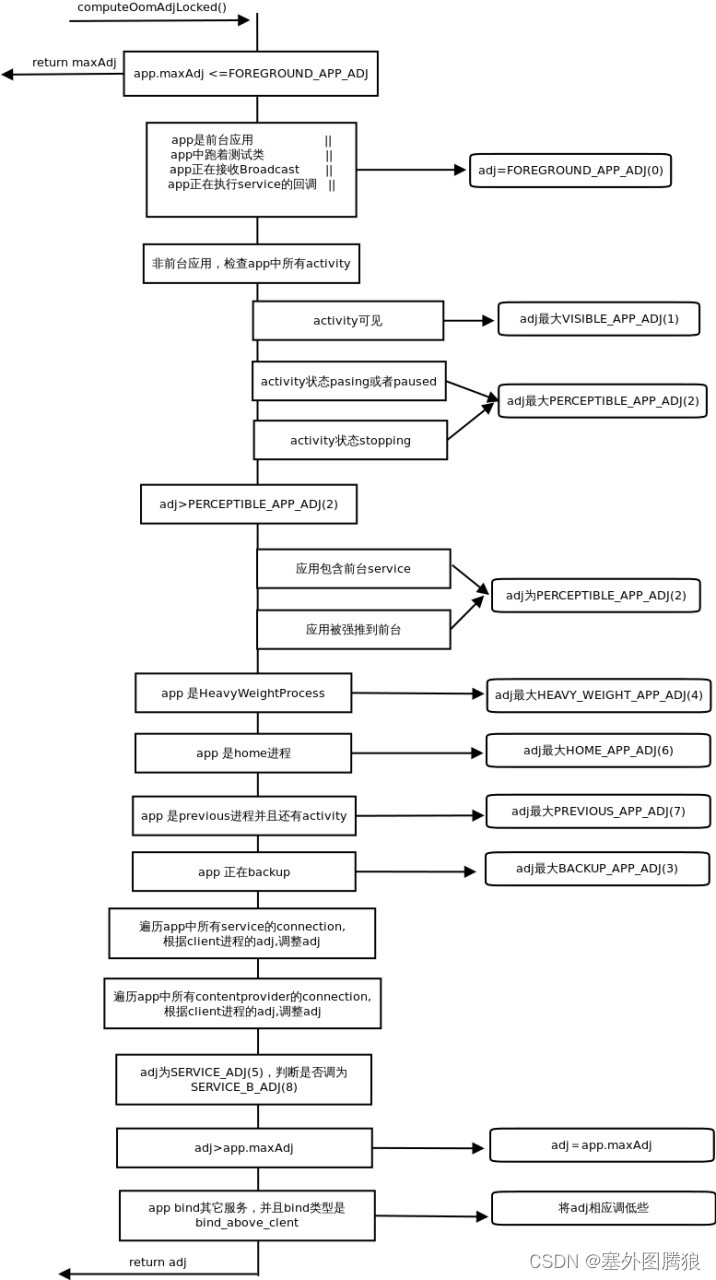yolov10模块
- 1 C2f
- 2 C2fCIB
- 2.1 CIB
- 2.2 RepVGGDW
- 3 PSA
- 4 SCDown
- 5 v10Detect
论文代码:https://github.com/THU-MIG/yolov10
论文链接:https://arxiv.org/abs/2405.14458
Conv是Conv2d+BN+SiLU
PW是Pointwise Convolution(逐点卷积)
DW是Depthwise Convolution(逐深度卷积)
ch_in是输入通道 ch_out是输出通道
下图所有的C都是根据代码设定以及yolov10n.yaml、yolov10s.yaml、yolov10m.yaml、yolov10b.yaml、yolov10l.yaml、yolov10x.yaml的默认值计算得到
1 C2f
n(n=1)表示n默认为1,C1是ch_in,C2是ch_out

class C2f(nn.Module):
"""Faster Implementation of CSP Bottleneck with 2 convolutions."""
def __init__(self, c1, c2, n=1, shortcut=False, g=1, e=0.5):
"""Initialize CSP bottleneck layer with two convolutions with arguments ch_in, ch_out, number, shortcut, groups,
expansion.
"""
super().__init__()
self.c = int(c2 * e) # hidden channels
self.cv1 = Conv(c1, 2 * self.c, 1, 1)
self.cv2 = Conv((2 + n) * self.c, c2, 1) # optional act=FReLU(c2)
self.m = nn.ModuleList(Bottleneck(self.c, self.c, shortcut, g, k=((3, 3), (3, 3)), e=1.0) for _ in range(n))
def forward(self, x):
"""Forward pass through C2f layer."""
y = list(self.cv1(x).chunk(2, 1))
y.extend(m(y[-1]) for m in self.m)
return self.cv2(torch.cat(y, 1))
def forward_split(self, x):
"""Forward pass using split() instead of chunk()."""
y = list(self.cv1(x).split((self.c, self.c), 1))
y.extend(m(y[-1]) for m in self.m)
return self.cv2(torch.cat(y, 1))
2 C2fCIB
C2fCIB与C2f的区别只是使用CIB代替了Bottleneck

class C2fCIB(C2f):
"""Faster Implementation of CSP Bottleneck with 2 convolutions."""
def __init__(self, c1, c2, n=1, shortcut=False, lk=False, g=1, e=0.5):
"""Initialize CSP bottleneck layer with two convolutions with arguments ch_in, ch_out, number, shortcut, groups,
expansion.
"""
super().__init__(c1, c2, n, shortcut, g, e)
self.m = nn.ModuleList(CIB(self.c, self.c, shortcut, e=1.0, lk=lk) for _ in range(n))
2.1 CIB
CIB是中间的这个模块,小模型时(n和s),CIB是下面的n s,提供更大的感受野,如果是较大的模型(m、b、l、x)时,CIB是上面的m b l x。C1=ch_cin C2=ch_out

class CIB(nn.Module):
"""Standard bottleneck."""
def __init__(self, c1, c2, shortcut=True, e=0.5, lk=False):
"""Initializes a bottleneck module with given input/output channels, shortcut option, group, kernels, and
expansion.
"""
super().__init__()
c_ = int(c2 * e) # hidden channels
self.cv1 = nn.Sequential(
Conv(c1, c1, 3, g=c1),
Conv(c1, 2 * c_, 1),
Conv(2 * c_, 2 * c_, 3, g=2 * c_) if not lk else RepVGGDW(2 * c_),
Conv(2 * c_, c2, 1),
Conv(c2, c2, 3, g=c2),
)
self.add = shortcut and c1 == c2
def forward(self, x):
"""'forward()' applies the YOLO FPN to input data."""
return x + self.cv1(x) if self.add else self.cv1(x)
2.2 RepVGGDW
下图中的卷积都是DW,且都不使用SiLu, ed=ch_in

class RepVGGDW(torch.nn.Module):
def __init__(self, ed) -> None:
super().__init__()
self.conv = Conv(ed, ed, 7, 1, 3, g=ed, act=False)
self.conv1 = Conv(ed, ed, 3, 1, 1, g=ed, act=False)
self.dim = ed
self.act = nn.SiLU()
def forward(self, x):
return self.act(self.conv(x) + self.conv1(x))
def forward_fuse(self, x):
return self.act(self.conv(x))
@torch.no_grad()
def fuse(self):
conv = fuse_conv_and_bn(self.conv.conv, self.conv.bn)
conv1 = fuse_conv_and_bn(self.conv1.conv, self.conv1.bn)
conv_w = conv.weight
conv_b = conv.bias
conv1_w = conv1.weight
conv1_b = conv1.bias
conv1_w = torch.nn.functional.pad(conv1_w, [2,2,2,2])
final_conv_w = conv_w + conv1_w
final_conv_b = conv_b + conv1_b
conv.weight.data.copy_(final_conv_w)
conv.bias.data.copy_(final_conv_b)
self.conv = conv
del self.conv1
3 PSA

class PSA(nn.Module):
def __init__(self, c1, c2, e=0.5):
super().__init__()
assert(c1 == c2)
self.c = int(c1 * e)
self.cv1 = Conv(c1, 2 * self.c, 1, 1)
self.cv2 = Conv(2 * self.c, c1, 1)
self.attn = Attention(self.c, attn_ratio=0.5, num_heads=self.c // 64)
self.ffn = nn.Sequential(
Conv(self.c, self.c*2, 1),
Conv(self.c*2, self.c, 1, act=False)
)
def forward(self, x):
a, b = self.cv1(x).split((self.c, self.c), dim=1)
b = b + self.attn(b)
b = b + self.ffn(b)
return self.cv2(torch.cat((a, b), 1))
4 SCDown
C1=ch_in C2=ch_out,第一个Conv是PW,第二个Conv是DW,且不需要激活函数

class SCDown(nn.Module):
def __init__(self, c1, c2, k, s):
super().__init__()
self.cv1 = Conv(c1, c2, 1, 1)
self.cv2 = Conv(c2, c2, k=k, s=s, g=c2, act=False)
def forward(self, x):
return self.cv2(self.cv1(x))
5 v10Detect
v10Detect只有分类头上与v8Detect有改变

class v10Detect(Detect):
max_det = -1
def __init__(self, nc=80, ch=()):
super().__init__(nc, ch)
c3 = max(ch[0], min(self.nc, 100)) # channels
self.cv3 = nn.ModuleList(nn.Sequential(nn.Sequential(Conv(x, x, 3, g=x), Conv(x, c3, 1)), \
nn.Sequential(Conv(c3, c3, 3, g=c3), Conv(c3, c3, 1)), \
nn.Conv2d(c3, self.nc, 1)) for i, x in enumerate(ch))
self.one2one_cv2 = copy.deepcopy(self.cv2)
self.one2one_cv3 = copy.deepcopy(self.cv3)
def forward(self, x):
one2one = self.forward_feat([xi.detach() for xi in x], self.one2one_cv2, self.one2one_cv3)
if not self.export:
one2many = super().forward(x)
if not self.training:
one2one = self.inference(one2one)
if not self.export:
return {"one2many": one2many, "one2one": one2one}
else:
assert(self.max_det != -1)
boxes, scores, labels = ops.v10postprocess(one2one.permute(0, 2, 1), self.max_det, self.nc)
return torch.cat([boxes, scores.unsqueeze(-1), labels.unsqueeze(-1)], dim=-1)
else:
return {"one2many": one2many, "one2one": one2one}
def bias_init(self):
super().bias_init()
"""Initialize Detect() biases, WARNING: requires stride availability."""
m = self # self.model[-1] # Detect() module
# cf = torch.bincount(torch.tensor(np.concatenate(dataset.labels, 0)[:, 0]).long(), minlength=nc) + 1
# ncf = math.log(0.6 / (m.nc - 0.999999)) if cf is None else torch.log(cf / cf.sum()) # nominal class frequency
for a, b, s in zip(m.one2one_cv2, m.one2one_cv3, m.stride): # from
a[-1].bias.data[:] = 1.0 # box
b[-1].bias.data[: m.nc] = math.log(5 / m.nc / (640 / s) ** 2) # cls (.01 objects, 80 classes, 640 img)

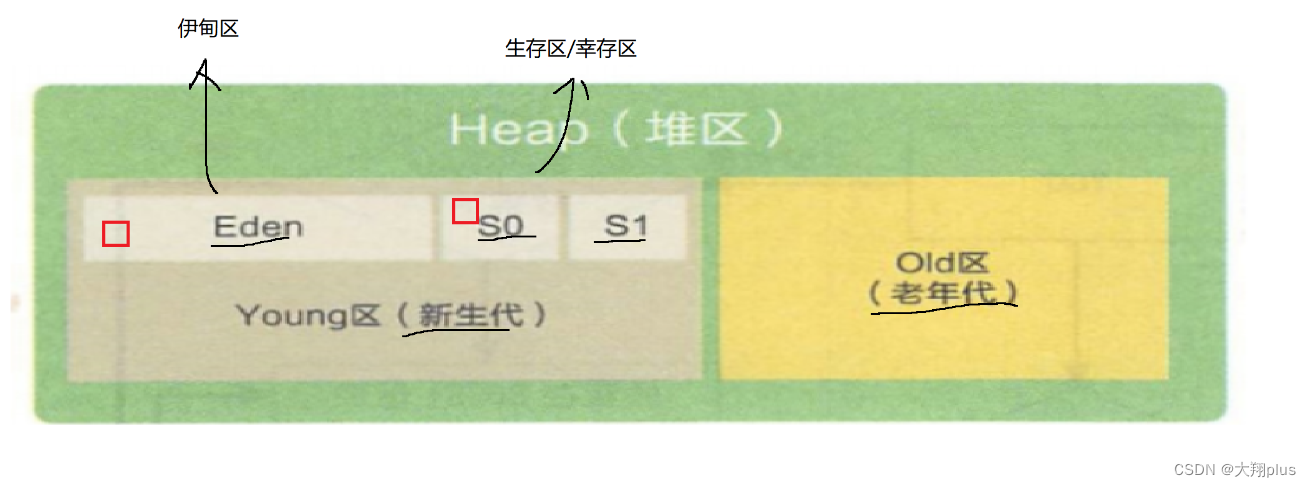
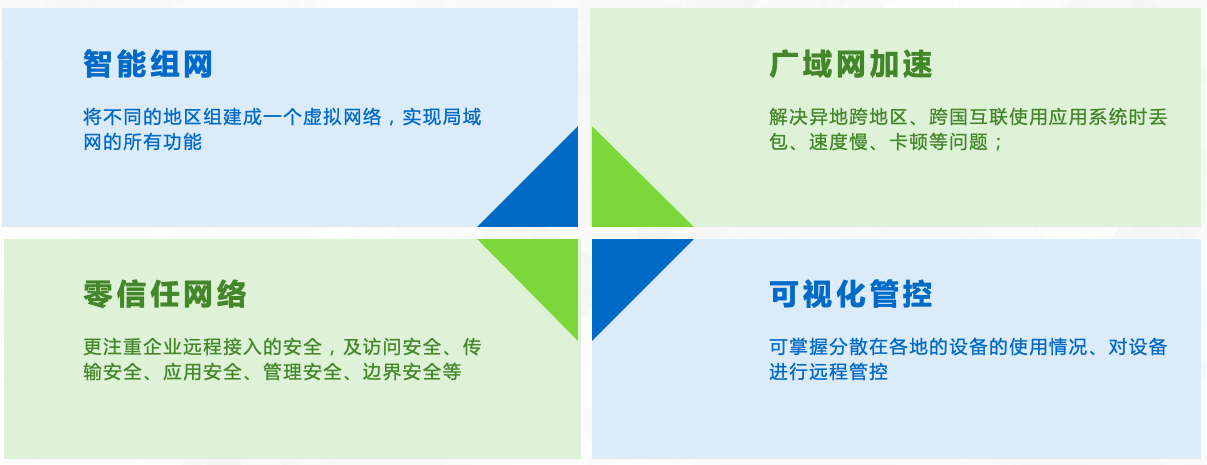
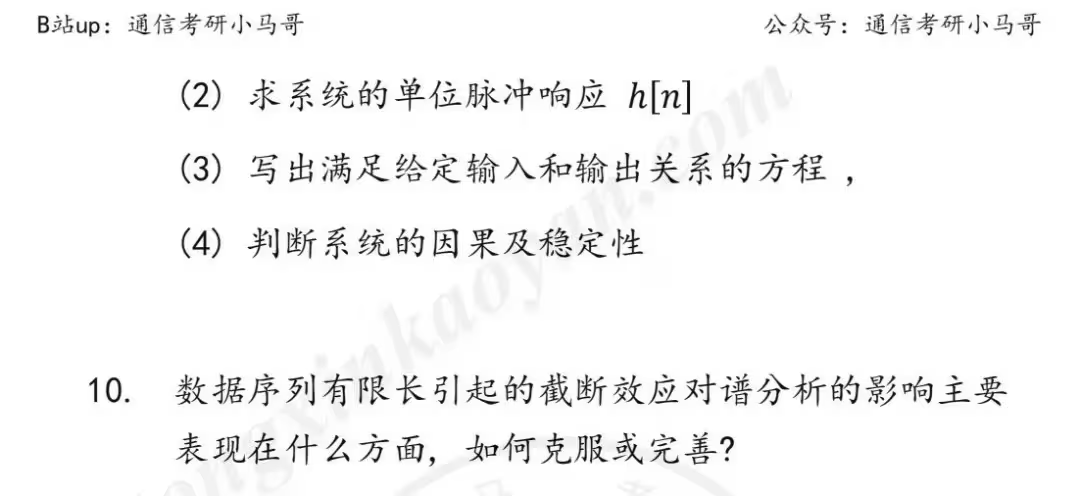
![[Python]用Qt6和Pillow实现截图小工具](https://img-blog.csdnimg.cn/direct/ecfa6c3d78944176adf1dcd41440e4e4.png)



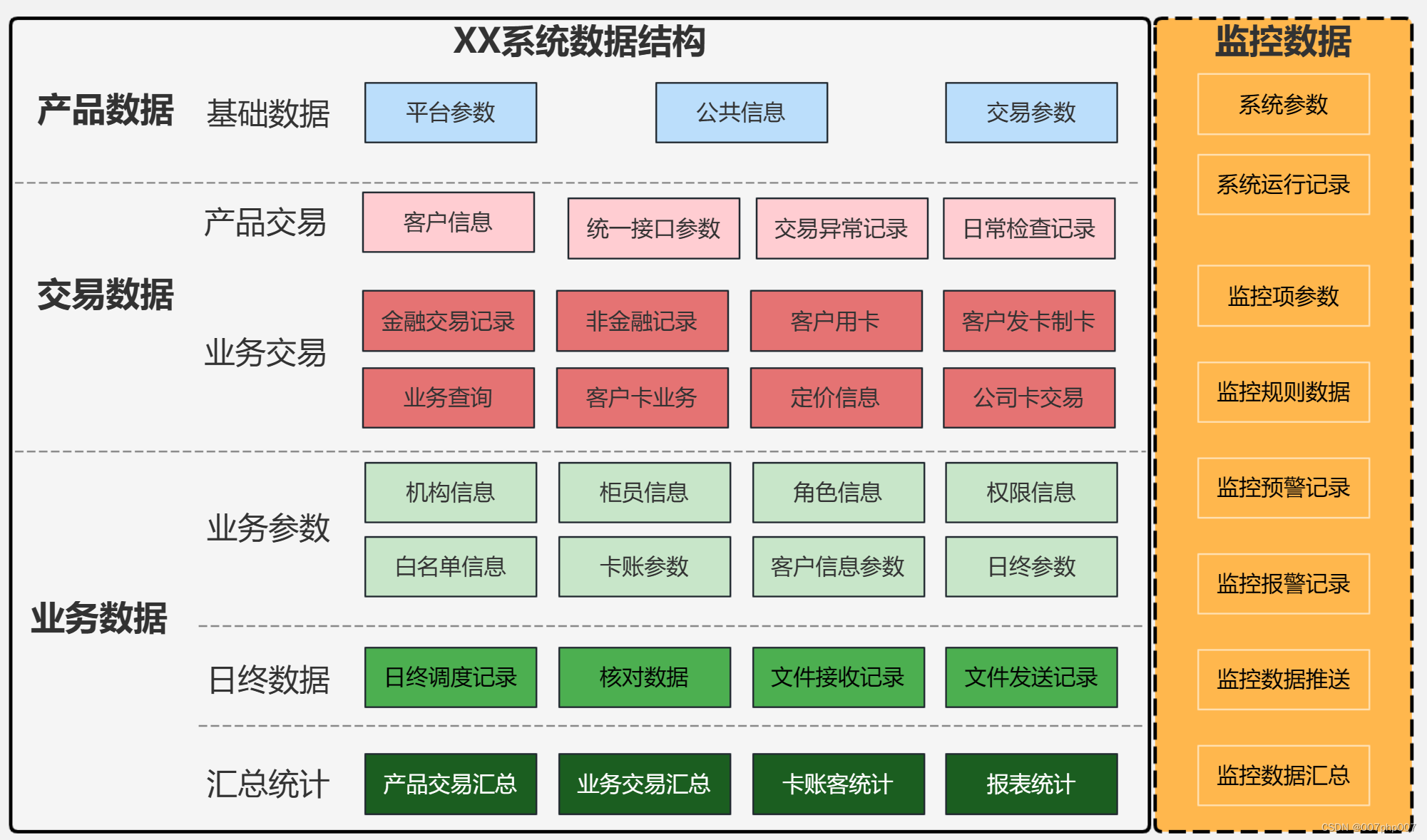
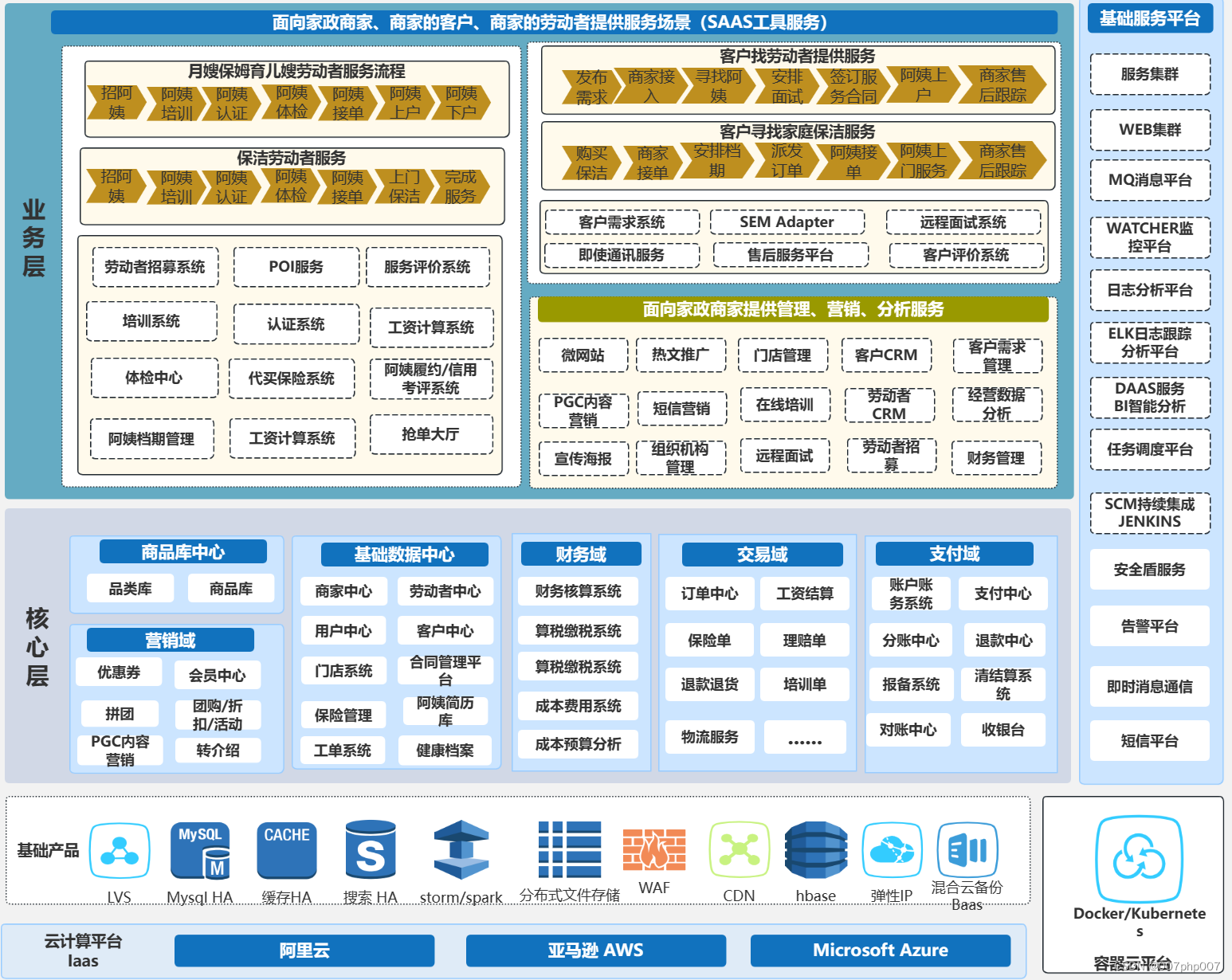


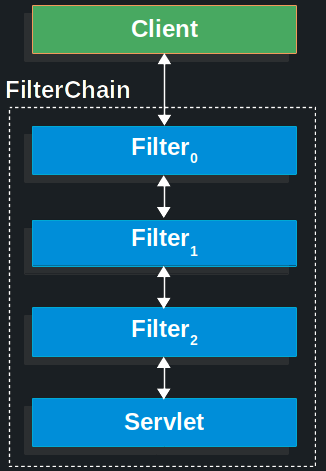


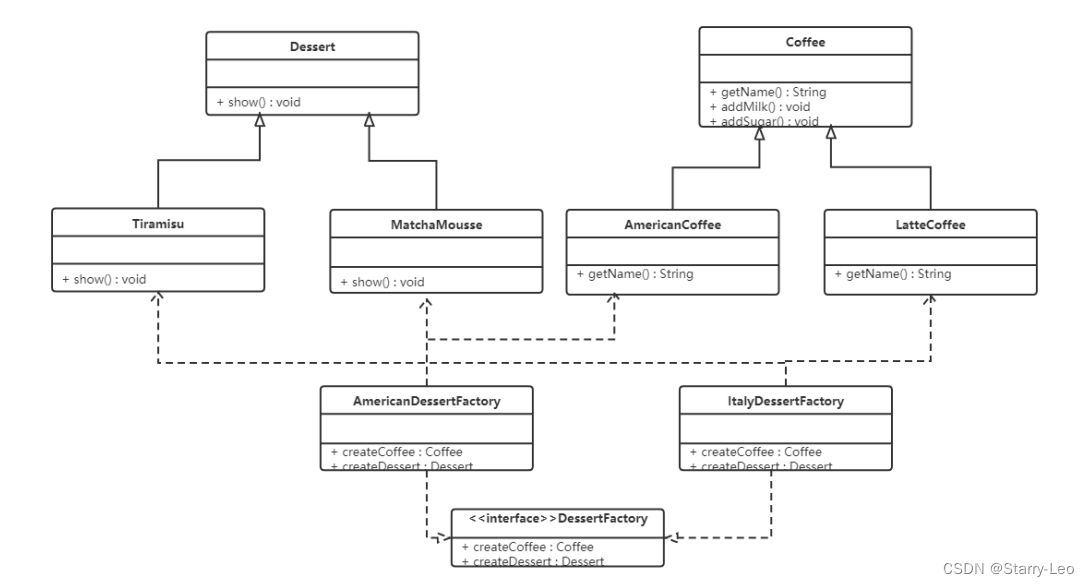
![[数据集][目标检测]焊接处缺陷检测数据集VOC+YOLO格式3400张8类别](https://img-blog.csdnimg.cn/direct/981fed37f1424cb49bd073230ff2d4d4.png)


